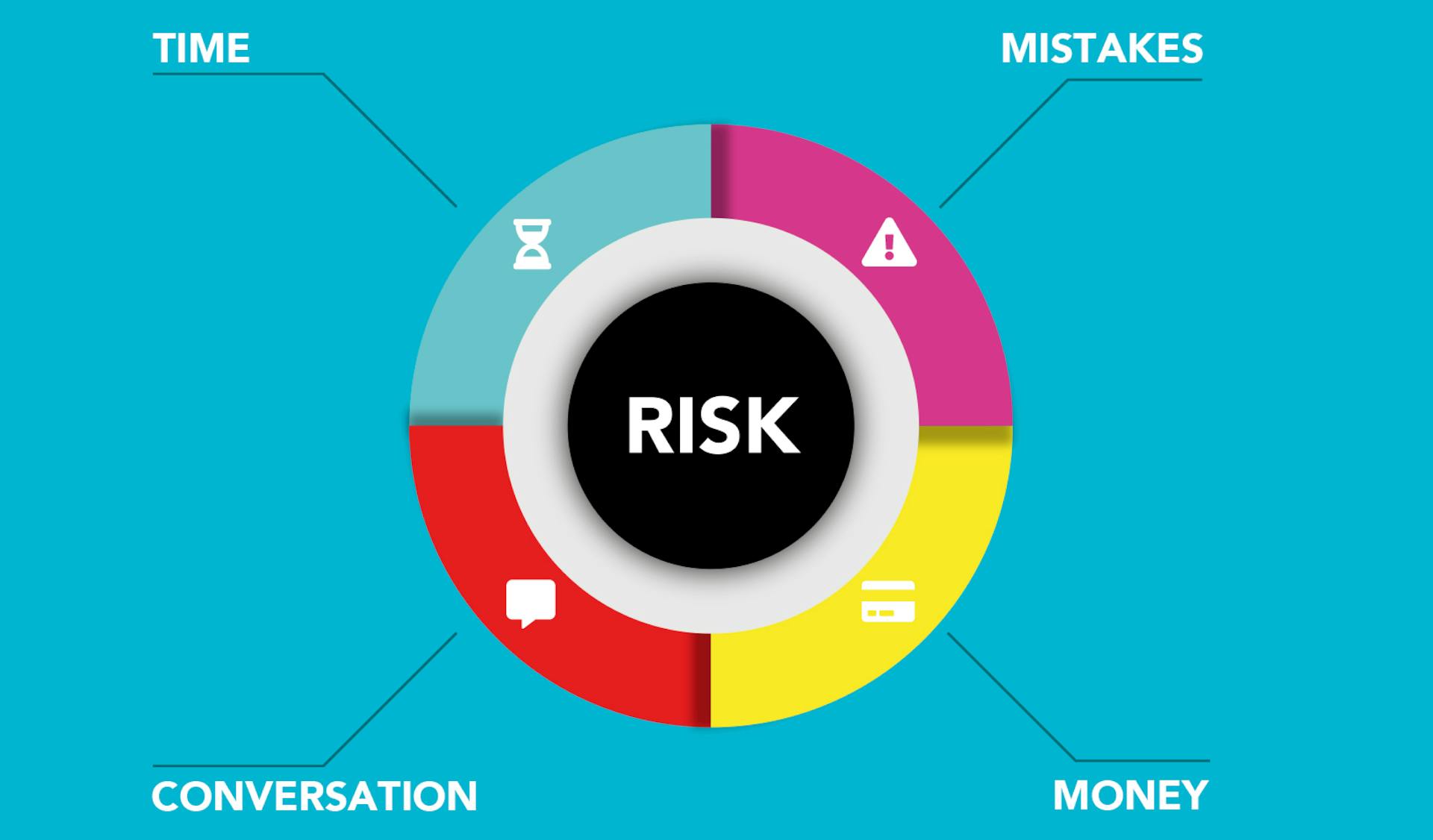
A financial institution routing number is a 9-digit code that helps identify banks and credit unions in the United States. It's also known as an ABA routing number.
This code is used for electronic fund transfers, direct deposits, and other financial transactions. It's usually printed on the bottom of checks and can be found on bank statements.
The routing number is divided into three parts: the first four digits identify the Federal Reserve Bank, the next four digits identify the financial institution, and the last digit is a check digit to ensure accuracy.
For more insights, see: Four Corners Model for Payment Security
Understanding Routing Numbers
A routing number is a unique nine-digit code that identifies your financial institution and the specific branch where your account is held. You can find it on your checks or by logging into your online banking.
You'll need your routing number for various transactions, including paying bills online, setting up direct deposit, and receiving deposits from tax returns. Some common situations where you'll need a routing number include paying a bill online, writing a check to send money, and setting up automatic online bill payment.
Here are some common situations where you'll need a routing number:
- Paying a bill online
- Writing a check to send money from your checking account to someone else
- Setting up direct deposit for paychecks from your new job, Social Security, or other government benefits
- Receiving deposits from your tax returns
- Setting up automatic online bill payment
- Processing a check
- Reordering checks
- Transferring money between accounts with different banks
You'll also need your account number and routing number for most banking transactions, including wire transfers and electronic transfers between banks. Some peer-to-peer payment services, such as Zelle, may not require a routing number to send and receive money, but others like Venmo and PayPal may require you to link your bank account information.
Types of Routing Numbers
There are thousands of updates in the ABA Key to Routing Numbers, including title changes and newly assigned or retired Routing Numbers. The publication covers approximately 28,000 active nine-digit Routing Numbers.
Each new edition of the ABA Key to Routing Numbers provides five years of retired Routing Number information for research purposes. This resource can help you process checks and return items, initiate wire transfers, pre-authorize drafts, and handle collections.
For more insights, see: Aba Bank Code
ABA vs ACH
ABA routing numbers are used for paper checks, while ACH routing numbers are used for electronic transfers and withdrawals.
Most major banks today use the same routing number for both ABA and ACH transactions.
However, it's not uncommon to see separate ABA and ACH routing numbers for regional lending institutions.
The ABA routing number is sometimes referred to as the "check routing number", while the ACH routing number is sometimes called the "electronic routing number" or "number for electronic transfers."
Intriguing read: Comerica Bank Aba Code
Swift and IBAN Codes
SWIFT and IBAN codes are two important numbers you'll need to know for international transactions. SWIFT, or Society for Worldwide Interbank Financial Telecommunication, is a code that identifies the bank in an international transaction.
It's usually the same as your regular account number with a few additional digits added in an internationally recognizable format. The International Bank Account Number, or IBAN, identifies your personal account in an international transaction.
The SWIFT and IBAN codes were developed to standardize an international identification system for financial institutions. American banks accept and transmit funds using the SWIFT system for multinational transactions.
If you need to send funds internationally, ask the recipient for the IBAN number of their bank account.
Here's an interesting read: Bank Return Codes
Where to Find Routing Numbers
If you need to find a routing number, you can usually locate it on your checkbook or bank statement.
The nine-digit code on the bottom-left corner of every check is the financial institution's routing number.
You can also find the routing number on your bank's website, online banking, or mobile banking app.
If you don't have a check or bank statement, you can try looking up the ABA routing number on the ABA routing number lookup.
However, be aware that users are limited to two searches a day and 10 a month.
To help you get started, here are some places where you can find a routing number:
- Your checkbook
- Your bank statement
- Your bank's website, online banking, or mobile banking app
- The ABA routing number lookup
Individual financial institutions have multiple routing numbers, and routing numbers at larger financial institutions can vary by state.
Here's an interesting read: How Do Financial Institutions Encourage Savings
Routing Number Format
The routing number format is made up of nine digits, but each section of those digits carries a specific significance.
The first four digits are the Federal Reserve Routing Symbol, indicating which Federal Reserve District the bank of origin is in.
These four digits are crucial in identifying the bank's location within the US, helping to ensure that transactions are processed correctly.
The next four digits identify the specific bank or financial institution from which the money is being transferred, providing a unique identifier for each bank.
Worth a look: Washington Federal Savings Routing Number
Routing Number Usage
A routing number is used to facilitate financial transactions between banks and other financial institutions. It's a unique nine-digit code that helps ensure the swift and secure transfer of funds.
You'll typically find your routing number on a check or deposit slip, usually in the lower left-hand corner. This is the most common place to look, but it can also be found on your bank's website or by contacting their customer service.
In the US, routing numbers are assigned by the American Bankers Association (ABA), which is responsible for maintaining the ABA Routing Number Directory.
Check this out: Where Is the Aba Number on a Debit Card
ACH vs Wire Transfers
ACH transfers are automated electronic transfers between financial institutions conducted through a third-party clearinghouse. Wire transfers, on the other hand, are direct electronic transfers between financial institutions.
Wire transfers are processed quicker than ACH transfers, taking just hours or even minutes to complete, whereas ACH transfers can take a few days.
Banks typically charge between $15 and $65 to send and receive wire transfers, which is a significant added cost. ACH transfers, however, are generally free.
Wire transfers are considered more secure because each bank must verify the transaction before it clears, whereas ACH transfers usually clear automatically.
How to Use
To use a routing number for direct deposit, you'll need to provide your employer with your routing number and account number. This information is usually found on your check or bank statement.
The routing number is a nine-digit code that identifies the bank and branch where the account is held. It's usually located in the bottom left corner of your check.
For electronic payments, such as online bill payments or automatic transfers, you'll need to use your routing number along with your account number. This ensures that the payment is sent to the correct account.
You can find your routing number by looking at your bank's website or by contacting their customer service department. Some banks may also list their routing numbers on their mobile banking apps.
Curious to learn more? Check out: Can I Use Canadian Debit Card in Us Atm
Sources
- https://www.valuepenguin.com/banking/what-is-a-routing-number
- https://www.aba.com/about-us/routing-number
- https://www.adirondackbank.com/blog/unlock-your-banks-routing-number-the-key-to-successful-banking
- https://www.bill.com/learning/bank-transit-number
- https://www.thepennyhoarder.com/bank-accounts/where-is-the-account-number-on-a-check/
Featured Images: pexels.com


